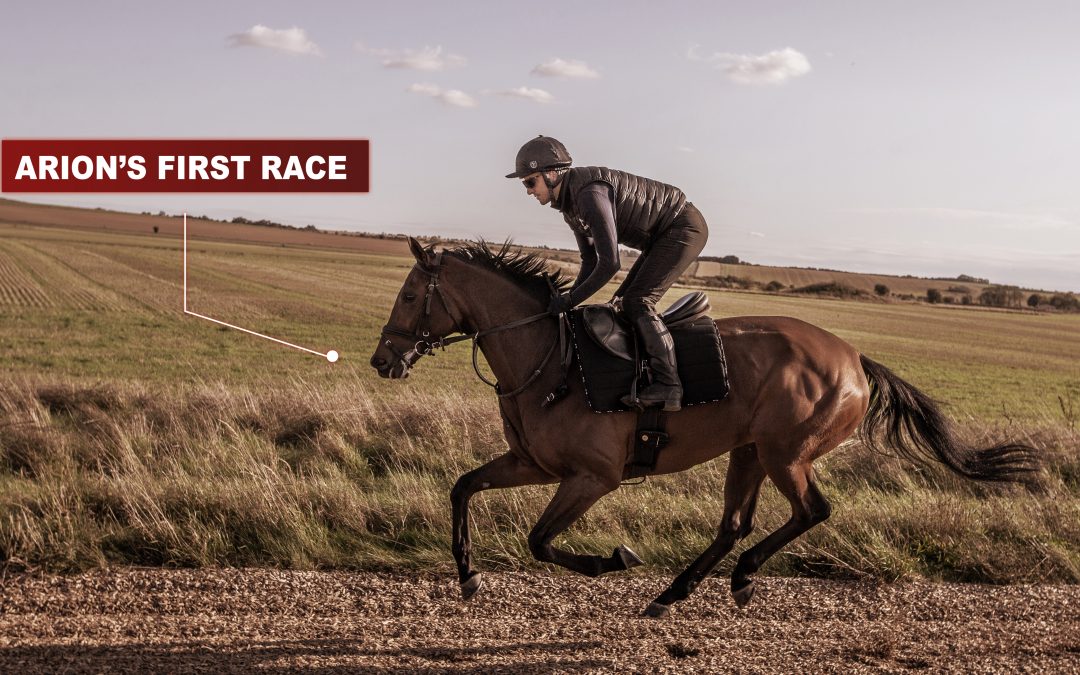Warning: number_format() expects parameter 1 to be float, string given in /var/www/wordpress/wp-includes/functions.php on line 425
The arrival of the two-year-olds in the stables is always an exciting and dreamy time for racehorse trainers. Training a two-year-old is the opportunity to detect within his stable a future star capable of running and winning group races. Discover in this article 4 elements to be objectified during the training of the newly arrived two-year-olds in the stable.
Analyse the fitness level
Heart rate indicators are good indicators of a young horse’s potential. Monitoring and analysing the heart rate of a racehorse provides information on his fitness level and his adaptation to training. The data can be used to gradually increase the training load by dosing well between under- and overtraining.
How to analyse it?
By following the recovery indicators present on the EQUIMETRE platform, you can monitor and check the recovery immediately after the effort and 15 minutes after the effort: the lower the recovery heart rate, the better the recovery. The heart rate during the first canter is also an indicator of the level of fitness, the lower it is, the fitter the horse is. If the heart rate is higher than average, it is possible that the horse has not fully recovered from his last training session, that he is stressed or that a pathology is the cause. A peak in cardio is a sign of pain or stress.
Identify the locomotor profile and determine the theoretical racing distance
Stride length and stride frequency data allow the horse’s acceleration process to be objectified. For example, horses with a very high stride frequency will perform better over short distances because they can accelerate quickly. However, it is important to mention that the horse’s breathing rhythm is based on the rhythm of his strides. Thus, a fast pace imposes a short breathing cycle and is not sustainable for very long. As a result, horses considered to be sprinters will be less comfortable over longer distances.
There are three different locomotor profiles in racehorses:
Sprinters are horses that excel over short distances, generally less than 1600m. They are characterised by a very high stride rate which allows them to reach their maximum speed quickly. The effort to reach these speeds is very intense, the breathing rate related to the pace is very high and the horse can only hold on short distances.
The milers are horses with an average locomotor profile, they are at ease over medium distances such as the mile, 1600m.
Stayers are horses with very good stamina and can be used for longer distances. Their stride length is higher and their pace low, which allows them to keep their breath and keep the distance.
How to analyse it ?
EQUIMETRE enables the stride length/stride frequency of horses in training to be measured easily and efficiently. In order to compare what is comparable, we prefer to look at this couple of data at a given speed: at 60km/h for example. Once the data is monitored, it is transferred to the platform’s Analytics tool for an in-depth and detailed analysis to identify the horse’s profile and therefore his preferred distance.

Analysing speed data
The speed data collected during the horse’s first training sessions allows the trainer to get a first idea of the horse’s potential and speed abilities to perform well in races.
Three speed data are then useful: the maximum speed, the time to cover the best 200m and the best 600m. These three indicators can be compared with data measured during the race.
How to analyse it ?
The EQUIMETRE sensor monitors and reports in real time as well as on the platform the data related to the horse’s speed during training. The trainer can then confirm his feeling with the support of this data and compare it with race data.
Carry out the longitudinal follow-up
The career of a racehorse is known to be short and intense. Longitudinal monitoring allows the trainer to refine his strategic choices during the horse’s career.
Thanks to the acquisition of reference data in terms of speed, fitness and locomotion, a horse’s progress is displayed at every phase of his training.
How to analyse it ?
In order to carry out the longitudinal monitoring of a racehorse, the most effective way is to carry out a standardised exercise when the horse arrives at training, and then on a recurrent basis. This exercise clearly shows the horse’s progress and makes it possible to check whether the programmed training is appropriate and effective. The data, taken from the standardised exercises, are then comparable and relevant throughout the season.
Keywords: young racehorses, racehorse heart rate, identify locomotor profile, sprinter miler or stayer, racehorse speed analysis, longitudinal follow-up

